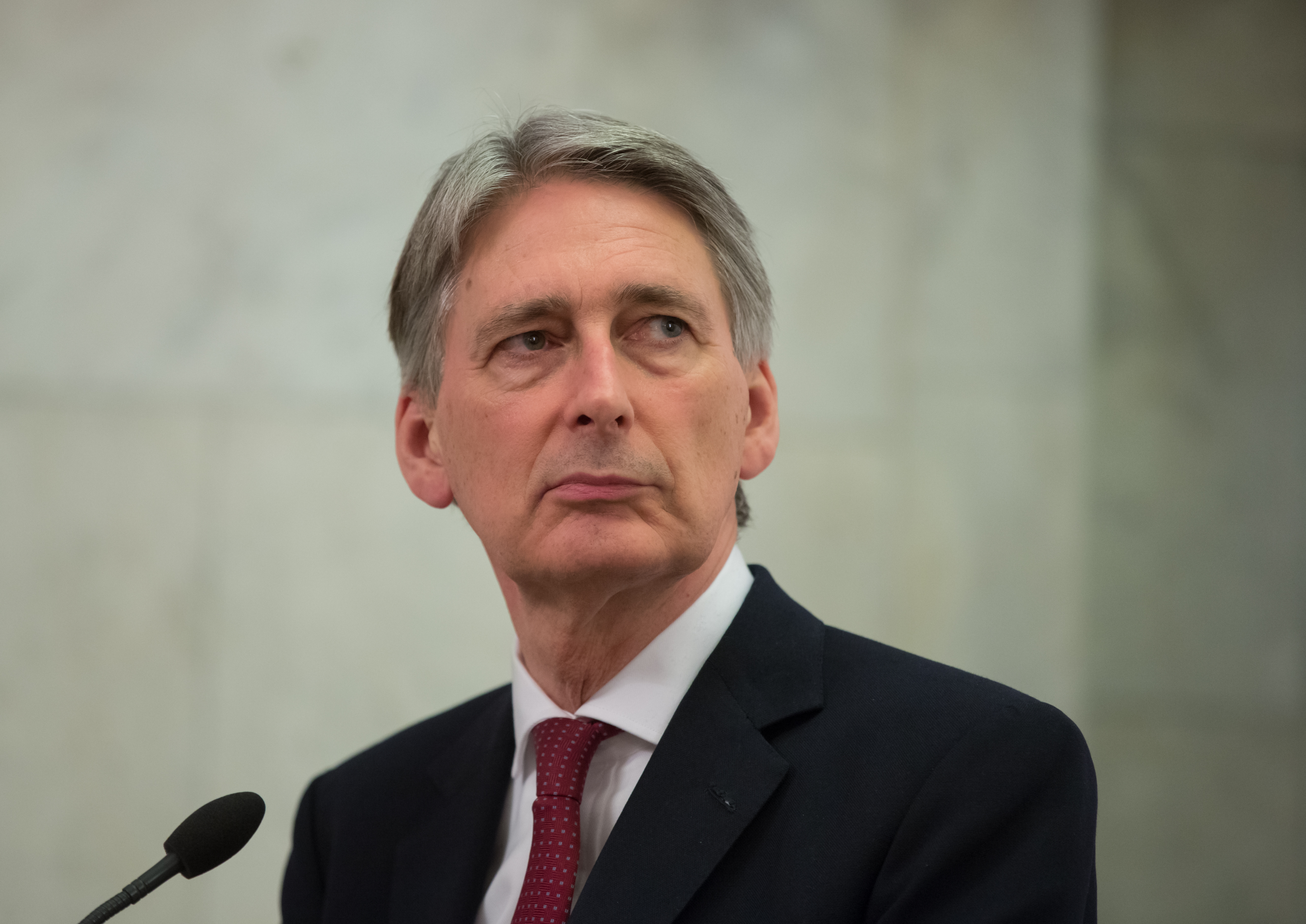News
Providers hit back at plans to cut pension tax relief

Retirees received another boost today, as higher inflation figures saw them secure a 3% rise in their state pension for next year. But there was bad news for those approaching retirement.
However, those saving for a pension today may be hit by plans from Chancellor Philip Hammond to cut pension tax relief to fund a cut in National Insurance for the young.
The government has previously discussed scrapping higher rate tax relief from a certain age. This would see anyone earning over £45,000 only able to claim 20% tax relief rather than 40%. A House of Commons Briefing Paper last year estimated the total cost of pension tax relief for taxpayers to be £21.2bn (£34.2bn in annual tax relief, less £13bn paid by pensioners).
The move would be controversial. Gary Smith, chartered financial planner at Tilney, said: “More and more people (are) paying into pensions through Work Place pension schemes as auto-enrolment has gathered pace. The bulk of the tax relief (circa 70%) goes to higher or additional rate taxpayers. This cost to the Exchequer is unsustainable and will need to be addressed.
“If Mr Hammond does opt to reduce tax relief for older savers to reduce NI for young people, then this would be by reducing the Annual Allowance (currently £40,000) for those above a certain age to, for example, say £20,000. This would restrict the amount that they could pay into pensions, thus reducing the tax relief available to them.”
Another option would be to scrap higher rate pension tax relief over a certain age – say, 40 or 50. For a 40-year-old investing £1,000 per month, this would make a difference of £129,935 to their overall pot, according to statistics from A J Bell (assuming investment growth of 4% per annum).
Tom Selby, senior analyst at the group, said: “Removing higher-rate pension tax relief for older workers would have an enormous impact on savings incentives. If tax-relief is limited to 20% at age 40, a higher-rate taxpayer paying £500 a month into a pension could miss out on £65,000 in savings bonuses by the time they reach 65, while someone setting aside £2,000 a month could end up with retirement savings worth £250,000 less.
“The Treasury would also need to consider simplicity and fairness. Removing higher-rate tax relief is anything but simple when you factor in occupational and defined benefit pensions and how do you justify cutting pension tax relief for a doctor earning £60,000 in order to provide a tax boost for a City worker earning £500,000? This speculation further strengthens the argument for moving pension tax relief policy out of politics.” Selby believes an independent commission should be established to review the system and consider changes.